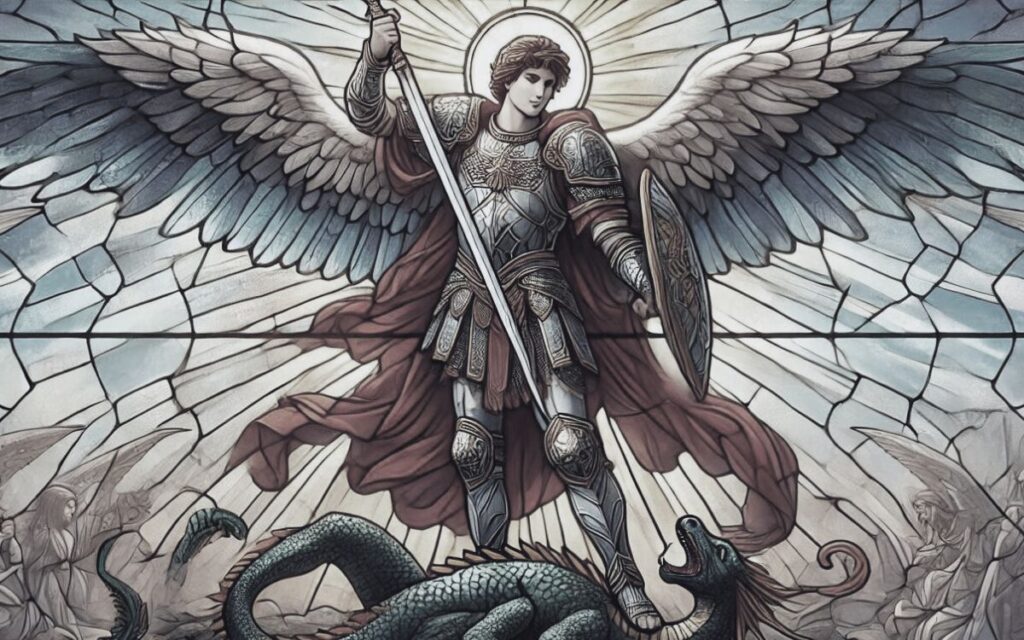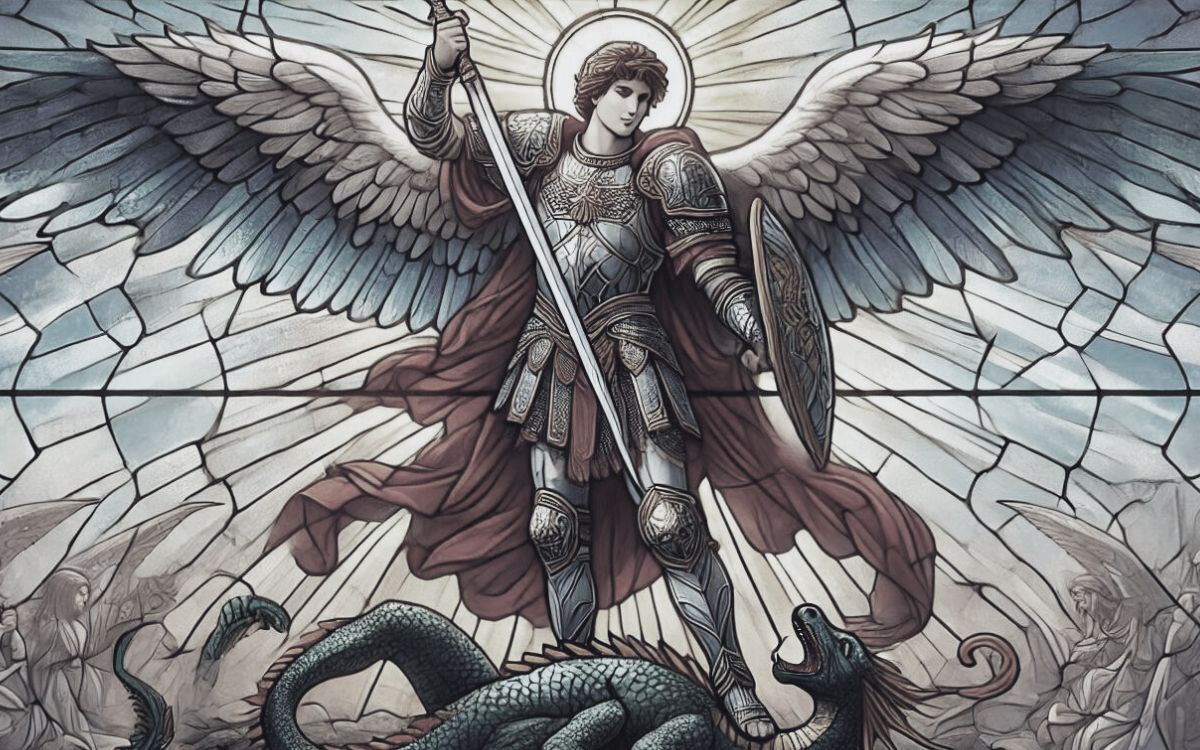Michaelmas on 29 September mixes folklore, feasts and superstition, marking autumn’s eerie shift across the UK and Ireland

As autumn’s crisp chill sweeps across the UK and Ireland, Michaelmas on 29 September brings a wealth of folklore, superstition, and ancient tradition.
Beyond religious observance, this often-overlooked festival marks the changing balance between light and dark, and the spirits that linger as the seasons shift.
In medieval England, Michaelmas was one of four key quarter days, alongside Lady Day, Midsummer and Christmas.
It was a time for settling rents, gathering crops and sealing contracts.
Yet, it also marked the start of darker days, with shorter daylight and colder nights, heightening people’s awareness of the supernatural forces thought to lurk in the shadows.
St Michael Protects Us Against Evil
St Michael, the mighty archangel, was often invoked for protection against these evils.
According to legend, this was the time when St Michael cast Lucifer from Heaven, sending the fallen angel crashing into a bramble bush.
From this story came the superstition that blackberries mustn’t be picked after Michaelmas, as they were spat upon by the Devil.
This belief still clings on in some rural areas, particularly in the West Country, where the berries are said to turn sour and rank after Lucifer’s curse.
Michaelmas Feasts and Folk Traditions
Feasting has always been a key feature of Michaelmas, with goose as the traditional dish.
The saying, “Eating goose on Michaelmas Day keeps the Devil away for the rest of the year,” dates back to Elizabeth I. It’s said that she was feasting on goose when news of the Spanish Armada’s defeat reached her, cementing its association with the celebration.
In many parts of England, farmers would give their landlords a ‘stubble goose’ – a bird fattened on the leftover stubble of harvested fields -as part of their rent payment. This tradition persisted in rural communities for centuries.
In Ireland, Michaelmas was marked by fairs, games, and horse races. But some customs took a darker tone.
In certain areas, people would sacrifice a cockerel or goose in honour of St Michael, sprinkling its blood at the four corners of the house or barn to ensure protection from misfortune during the harsh winter months.
In the north of England and Scotland, Michaelmas was tied to visits to sacred wells. It was believed that the water from these healing wells had special powers on Michaelmas, capable of curing ailments no doctor could treat.
Visitors would leave offerings in exchange for good health and protection.
The Harvest’s End and Supernatural Leanings
Michaelmas also marked the official end of the harvest season. All crops were expected to be gathered by this time, and any delay was seen as an invitation for bad luck.
Folklore warned that the spirits of the land, known as “field wights” or “landvættir”, would grow restless if the harvest wasn’t complete, potentially bringing misfortune.
In the northeast of England, people would offer bread or beer to these spirits to ensure the land’s fertility for the coming year.
One of the more curious traditions involved creating a “kern baby” or “corn dolly” from the last sheaf of wheat.
This doll, representing the spirit of the harvest, was kept in the farmhouse over winter to protect the home and fields from malicious spirits.
In Wales, Michaelmas was seen as a time when the boundary between the living and the dead thinned, much like the later traditions of Samhain and Halloween.
It was thought to be a period of divine judgement, where St. Michael and his angels fought against demonic forces.
This cosmic battle reflected the everyday struggles of people trying to secure their prosperity against unseen forces and the harshness of nature.
Michaelmas Today
Though Michaelmas is not as widely observed today, its traditions still echo in rural communities.
The feast of roast goose remains a celebratory meal in some areas, while the superstition of not picking blackberries after 29 September continues in parts of the West Country.
For those who are attuned to the rhythms of nature, Michaelmas stands as a reminder of the ancient forces that govern the land.
The festival’s symbolic power endures, marking the transition from the light of summer to the darkness of autumn.
Whether through a final harvest, a shared meal, or the eerie sense that unseen forces are at work, Michaelmas invites us to reflect on the mysteries that linger just beneath the surface of the everyday world.
As we move deeper into autumn, it’s worth pondering the significance of this ancient day.
Next time you come across a bramble bush laden with berries, think twice before picking them after 29 September – leave a few for the Devil himself.
Have you experienced any old Michaelmas customs? Tell us about it in the comments!



